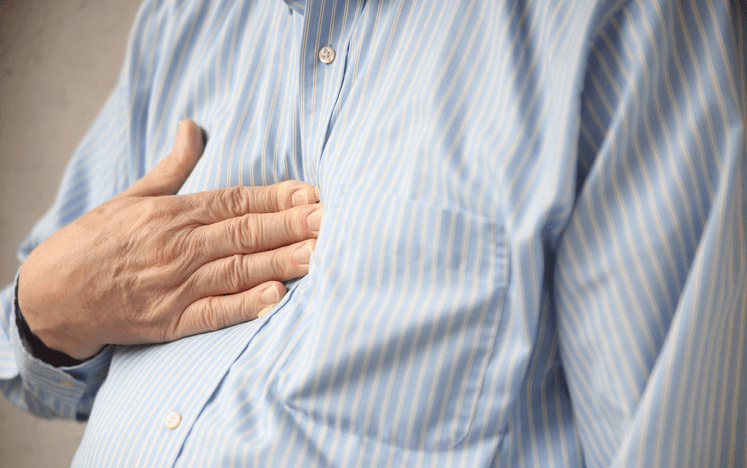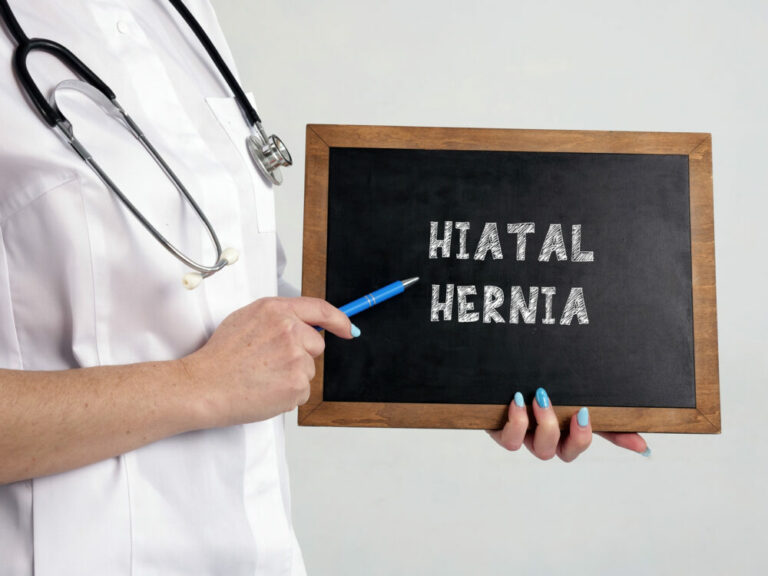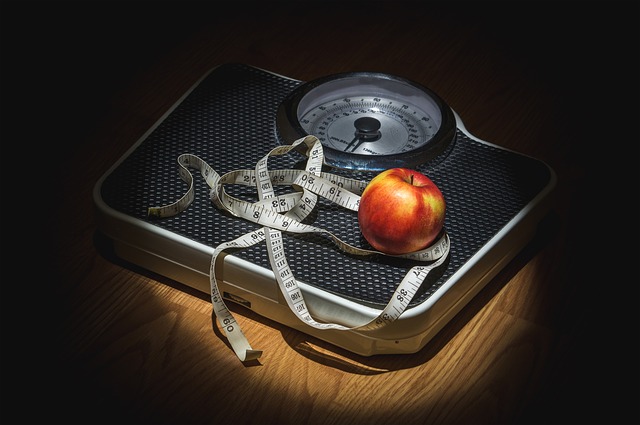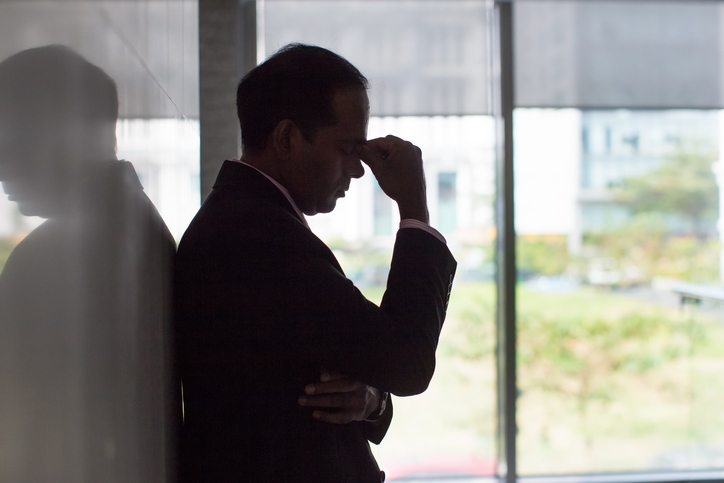Bile and Acid Reflux After Gallbladder Removal
Patients who have gallbladder removal surgery sometimes experience heartburn afterward. What are the causes of heartburn after gallbladder surgery? Do people suffer more severe acid reflux after gallbladder removal? If you’ve recently had a cholecystectomy, heartburn may be troubling you more than it ever did before, but you may be surprised to learn that this pain may not be typical acid reflux. While heartburn can be a side effect of gallbladder removal, the burning, pain, and other symptoms are normally the result of bile reflux, not acid reflux.
Acid Reflux After Gallbladder Surgery
GERD (or acid reflux) happens when normal stomach acid flows backward into the esophagus.
Gastric acid reflux is caused by a weak lower esophageal sphincter (LES), the valve that separates the esophagus from the stomach. Acid reflux symptoms include:
- Burning sensation in the chest
- Burping or feeling bloated
- Nausea, especially after eating
- Regurgitation
- Bitter taste in your mouth
- Dry cough
- Chronic sore throat and asthma-like symptoms
- Persistent hiccups
In some cases, you may experience these symptoms after gallbladder surgery (cholecystectomy). However, studies indicate that this could be the result of bile reflux (aka duodenogastric reflux), which involves bile from the intestine rather than stomach acid alone.
Gastric reflux can sometimes be treated through lifestyle changes such as losing weight and eliminating certain foods from your diet. In addition, it can also be repaired through reflux surgery, which is typically effective at reducing or eliminating symptoms. But what can be done about bile reflux?
Bile Reflux After Gallbladder Surgery
Bile, the fluid your small intestine uses to digest food, is produced by the liver and flows into the duodenum, or the upper part of the small intestine. It normally can’t back up into the stomach because of a one-way valve called the pylorus that lets food go down, but not up. However, if that valve becomes damaged or doesn’t function the way it should, bile reflux may occur.
Difference Between Bile Reflux and Acid Reflux
Bile reflux is not the same as acid reflux since it occurs when bile washes back into the stomach. If the LES is weak, a mixture of bile and stomach acid may flow further back into the esophagus. Bile reflux is often harder to treat than GERD alone since it includes greenish yellow bile rather than stomach acid alone.
Frequency of Bile Reflux After Cholecystectomy
It is not uncommon for patients to experience bile reflux after gallbladder removal. Studies show that bile reflux occurs in 80% to 90% of patients who have had gallbladder surgery. So, you’re actually more likely to have bile reflux after having your gallbladder removed. The reason for this is due to how your body normally stores bile in the gallbladder. Once the gallbladder is removed, bile may overflow directly into the stomach.
Bile Reflux Symptoms
Bile reflux signs include the following symptoms:
- Upper abdominal pain and heartburn
- Nausea
- Cough and hoarseness
- Vomiting up greenish-yellow bile
Post-Gallbladder Surgery Treatment
If after gallbladder removal, acid reflux or bile reflux becomes a problem, there are treatment options. Given how the two conditions are slightly different, the way they’re treated differs somewhat as well.
What Will Help Acid Reflux After Gallbladder Surgery
Acid reflux can often be treated with simple lifestyle changes, such as losing weight or changing your diet. Try reducing or removing certain trigger foods such as chocolate, citrus, garlic, onions, spicy and fatty foods, tomatoes, alcohol, and caffeinated drinks.
In addition, you might try the following tactics:
- Eat smaller meals.
- Avoid lying down after eating.
- Raise the head of your bed.
- Try relaxation techniques if you’re feeling stressed.
Acid reflux can also be treated surgically through laparoscopic acid reflux repair surgery. This type of surgery uses small incisions and a tiny camera on a tube, called a laparoscope, to either wrap tissue around the base of the esophagus to tighten the LES or through the LINX System which places a ring of magnetic beads around it, keeping it tight.
How To Treat Bile Reflux After Gallbladder Removal
Does bile reflux go away after gallbladder removal? Diet and lifestyle adjustments are less effective for bile reflux but they may have some impact. However, treatment for bile reflux usually requires either medication or surgery due to bile’s difference in chemical composition from stomach acid.
Medication treatments are designed to help your digestive system move bile more easily through your system, reducing the odds of reflux.
Acid reflux surgery can also be effective for bile reflux if it’s backing up all the way into your esophagus, but another procedure called Roux-en-Y diversion is also used in which your doctor will divert bile drainage further down your intestine. Again, these procedures can be done laparoscopically.
Frequent Questions About Bile Reflux After Gallbladder Removal
When it comes to reflux symptoms after gallbladder removal, the following questions frequently come up.
How long does acid reflux last after gallbladder surgery?
Generally, symptoms will likely continue until you treat it with lifestyle changes, medication, or surgery.
Does removing your gallbladder help with acid reflux?
Gallbladder surgery is intended to prevent gallstones. It may actually increase the odds of heartburn and other acid reflux symptoms by allowing bile to enter more easily into the stomach.
What will help acid reflux after gallbladder surgery?
Lifestyle changes may help, but odds are, your symptoms are the result of bile reflux, not acid reflux. In that situation, you may benefit most from a surgical solution.
Can I take antacids after gallbladder surgery?
Over-the-counter antacid medications may help if you’re just getting stomach acid. If your reflux symptoms are due to bile, however, then antacids won’t actually improve your symptoms.
Laparoscopic Reflux Surgery
At Malladi Bariatrics and Advanced Surgery, we use minimally invasive laparoscopic procedures to treat gastroesophageal reflux disease. Laparoscopic surgery uses small incisions instead of large ones, speeding up recovery time, reducing pain, and reducing the odds of complications afterward. It’s also often preferred to taking medication long-term. If you are experiencing acid or bile reflux, contact Dr. Malladi to schedule an appointment.







